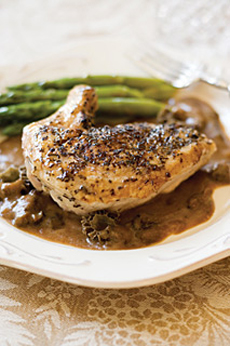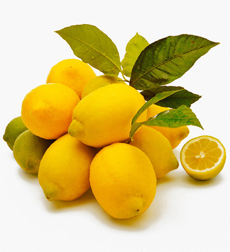|

What’s the difference between roast chicken and baked chicken, both made in the oven? One is cooked whole, the other in pieces with some liquid (photo © Mackenzie Ltd..
|
|
Both take place in an oven, so what’s the difference between baking and roasting?
They’re the same process: cooking the food in an airtight device, surrounded by radiant heat (hot air) instead of direct flame.
The two words originated in different cultures and became more specific over time—roasting for meats (the genesis is roasting meat on a spit over a fire, which dates back to the discovery of making fire), baking for breads and cakes (which came later—the history of bread and the history of cake).
Yet, there are baked meat dishes—baked chicken and fish, for example. Why are they called baked instead of roasted?
Back to the cavemen: Roasting refers to cooking an entire bird, fish, or large cut of meat (which we refer to as a “roast”). The outer level of the meat coagulates, keeping in the juices (and in the case of poultry and fish, crisping the skin).
Baking takes place in a pan covered with foil or in a casserole dish with a lid. The protein is not cooked whole but is quartered, fileted, etc. A liquid is added to the pan and the cover keeps the steam in. The result is moister and softer than roasting.
Today, the cavemen’s technique of cooking meat over a direct fire—whole or in pieces—is called…grilling.
|



